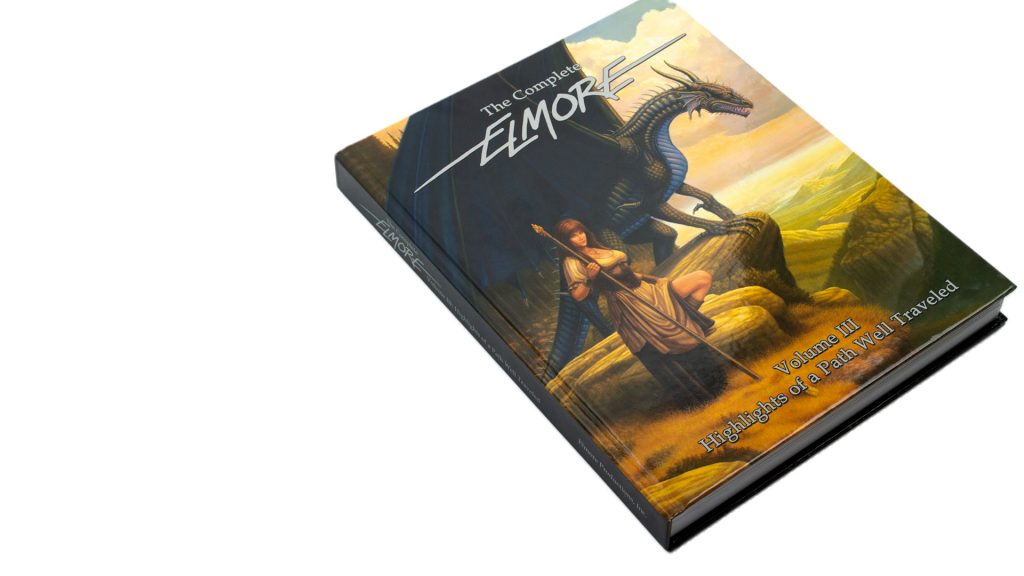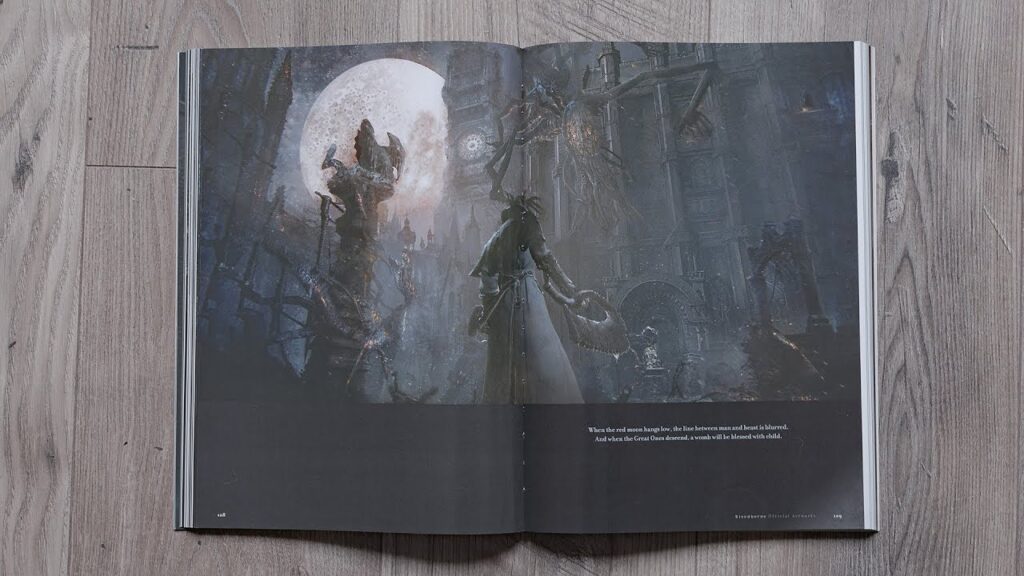The Beginner’s Guide to Publishing a High-Quality art book
The Beginner’s Guide to Publishing a High-Quality art book
Blog Article
Discover the Important Guide to Art Book Printing for Aspiring Artists and Publishers
As a hopeful musician or publisher, understanding the nuances of art book printing is important to bringing your vision to life. You'll require to take into consideration various elements, from picking the appropriate kind of book to ensuring shade precision and picking appropriate materials. Each decision influences the end product significantly. What are the vital components you should concentrate on to develop a sensational art book that genuinely represents your work?
Understanding Various Types of Art Books
When you dive into the world of art books, you'll swiftly discover that they can be found in different kinds, each customized to various creative expressions and target markets. Coffee table publications usually display stunning visuals, best for informal browsing, while monographs dive deep right into a specific musician's job, supplying context and understandings. If you want certain art activities, exhibit directories offer in-depth paperwork of shows, featuring essays and critiques.
For educational purposes, art guidebooks and method books assist you through different mediums and designs, making them important for aiming musicians. Each style serves its function, and understanding their differences can enhance your art book trip.
Selecting the Right Paper and Products
Selecting the appropriate paper and products can substantially influence the total high quality and feel of your art book. Beginning by thinking about the kind of artwork you have. For lively shades and detailed details, choose for a shiny surface or a heavyweight matte paper that improves visual deepness. If your work features softer tones or structures, a natural or uncoated paper can offer a cozy, welcoming touch.
Consider the weight of the paper, as well. Thicker options commonly lend a more professional look, while lighter papers can lower printing costs. Don't neglect about the binding products; a durable cover can secure your web pages and contribute to guide's visual.
Lastly, think about sustainability. Environmentally friendly alternatives are acquiring appeal and can show your worths as an artist. By very carefully picking your paper and products, you'll assure that your art book not just looks wonderful yet likewise really feels special in the hands of your readers.

Selecting the Ideal Printing Techniques
When it concerns printing your art book, selecting between offset and digital printing can considerably influence your final item. You'll also intend to take right into account how paper quality influences the total feel and look of your artwork. Allow's explore these vital printing techniques to locate the most effective suitable for your job.
Countered vs. Digital Printing
While both balanced out and digital printing have their benefits, choosing the ideal technique for your art book can substantially impact the end product. Balanced out printing supplies top notch images and lively shades, making it perfect for bigger print runs. If you're wanting to generate hundreds or thousands of copies, counter will provide you constant outcomes and lower per-unit expenses. On the various other hand, electronic printing excels for smaller sized amounts and quicker turnaround times. It enables for very easy modification, enabling you to print special duplicates without extra configuration expenses. Consider your spending plan, timeline, and the volume of your project. Inevitably, your selection ought to line up with your imaginative vision and circulation technique, making sure that your art book mirrors the top quality you desire.
Paper Quality Considerations
Choosing the right paper high quality can considerably improve the visual allure and responsive experience of your art book. For prints, a shiny coating can make photos pop, while a matte finish gives a softer, extra subtle look.
Following, think of the sustainability of your option. Eco-friendly alternatives are becoming progressively preferred and can interest environmentally-conscious visitors. Ultimately, demand samples to see just how various documents deal with your art work, guaranteeing the final product shows your vision perfectly.
Ensuring Shade Precision in Your Prints
To attain sensational prints, click here now you require to concentrate on color accuracy from the beginning. You'll intend to utilize color calibration strategies to validate your screen and printer remain in sync. In addition, proofing your job prior to the last print run can assist capture any kind of discrepancies, assuring your art looks equally as you visualized.
Shade Calibration Strategies
Ensuring shade precision in your prints starts with efficient shade calibration techniques that aid keep consistency between your digital images and last published items. Next off, pick a shade profile matched for your printing procedure, like CMYK for print materials. By constantly using these strategies, you'll enhance the overall high quality of your art prints and much better convey your imaginative vision.
Proofing for Accuracy
While you could believe your electronic images await print, proofing is crucial for attaining color precision. Prior to dedicating to a full print run, constantly request a proof from your printer. This permits you to see how colors equate from display to paper. Contrast the evidence with your calibrated display to detect any inconsistencies. Pay attention to saturation, illumination, and shade, as these aspects can dramatically impact your end product.
If adjustments are required, connect clearly with your printer concerning your preferred end results. Don't wait to demand several proofs if essential; it's worth the investment to get it right. Inevitably, thorough proofing guarantees that your art work is represented as you visualized it, keeping your creative honesty throughout the printing procedure.

Creating Layouts That Enhance Your Art Work
When you design layouts for your art book, it's necessary to consider exactly how each aspect interacts with your artwork. Purpose for a balance between visuals and message, guaranteeing neither eclipses the other. Usage white room strategically; it provides your artwork room to take a breath and attracts attention to its information.
Take into consideration the circulation of your book. Set up photos in such a way that overviews the viewers's eye, producing a story or thematic development. art book. Differ the dimensions and alignments of your art work to maintain the layout vibrant and intriguing
Select font styles that complement your artwork without sidetracking from it. Maintain message concise and relevant, providing context or insight that improves the visitor's experience.
Finally, test different formats. Print samples to see just how the designs convert on paper, and change as needed. By attentively designing your formats, you'll create a visually interesting art book that reverberates with your audience.
Binding Options for a Specialist Complete
Choosing the right binding option can considerably influence the try this web-site total discussion of your art book. You'll intend to think about both appearances and resilience when making your selection. Popular alternatives include ideal binding, which uses a smooth appearance and is excellent for thicker books; saddle stitching, ideal for smaller sized brochures; and spiral binding, which enables web pages to lay level for very easy watching.
If you're going for a premium feeling, situation binding is an excellent option, supplying a durable cover and a professional look (art book). Don't forget about the cover product; alternatives like fabric, leather, or a shiny finish can elevate your book's charm
Whatever option you pick, make certain it complements your art work and improves the reader's experience. Take your time to evaluate the benefits and drawbacks of each technique, so your end product mirrors the quality of your creative vision.
Preparing Your Documents for Print Preparedness
To ensure your art book is print-ready, you'll need to pay close focus to file preparation. Beginning by setting your paper dimension to match your desired print dimensions.
Likewise, install your font styles or transform message to outlines to prevent any type of typeface issues. Save your work in a PDF layout, as this is one of the most approved data kind for printers. Verify your apply for any typos or layout errors, as changes can be expensive after the fact. Take into consideration producing an evidence to examine prior to the final print run. Following these actions will assist you accomplish a sleek, specialist art book.
Frequently Asked Questions
What Is the Typical Expense of Publishing an Art Book?
The average expense of printing an art book differs, however you can anticipate to pay anywhere from $5 to $20 per duplicate, depending upon elements like size, paper high quality, and printing volume.
Exactly How Can I Locate a Reliable Printing Company?
To locate a trusted printing firm, beginning by investigating online reviews and asking fellow artists for recommendations. Compare quotes, inspect portfolios, and connect your requirements plainly to assure they recognize your vision and high quality expectations.
What Is the Common Turn-around Time for Printing?
The typical turn-around time for printing differs yet normally varies from one to 4 weeks. Variables like job intricacy and volume can impact this. Always validate with your chosen site web printer for specific timelines and assumptions.
Can I Print My Art Book in Limited Quantities?
Yes, you can absolutely print your art book in minimal amounts. Many printing business provide short-run options, allowing you to generate simply the number you need, making it easier to manage prices and inventory.
What Legal Considerations Should I Know for My Art Book?
You ought to consider copyright, licensing contracts, and version releases when producing your art book. Make sure you can use all pictures and text, securing on your own from potential lawful problems down the roadway.
Report this page